Table of Contents
What Is Chipotle?
Chipotle is a smoked and dried jalapeño pepper originating from Mexico. The name comes from the Nahuatl word "chilpoctli," meaning "smoked chili." Unlike fresh jalapeños, chipotles undergo a smoking process that gives them a rich, smoky flavor with a hint of sweetness and moderate heat (2,500–8,000 Scoville units). This unique preparation makes chipotle a staple in Mexican and Tex-Mex cuisine, adding depth to dishes like adobo sauce, stews, and marinades.
| Pepper Type | Heat Level (Scoville) | Flavor Profile | Common Uses |
|---|---|---|---|
| Jalapeño | 2,500–8,000 | Mild, grassy, slightly spicy | Salsas, tacos, stuffed peppers |
| Chipotle | 2,500–8,000 | Smoky, sweet, slightly spicy | Adobo sauce, stews, grilled meats |
| Habanero | 100,000–350,000 | Very hot, citrusy, fruity | Hot sauces, salsas, marinades |
| Ghost Pepper | 855,000–1,041,427 | Extremely hot, sweet, smoky | Challenge foods, specialty sauces |

Chipotle vs. Other Peppers
While chipotle is often compared to other chili peppers like jalapeño or habanero, it stands out due to its unique smoking process. Unlike fresh jalapeños, which are typically used raw or lightly cooked, chipotles are dried and smoked, giving them a deep, smoky character.
Here's how chipotle compares to some common peppers:
- Jalapeño: Fresh, mild, versatile
- Chipotle: Smoked, bold, complex
- Habanero: Very hot, tropical, sweet
- Ghost Pepper: Extremely hot, intense, rare
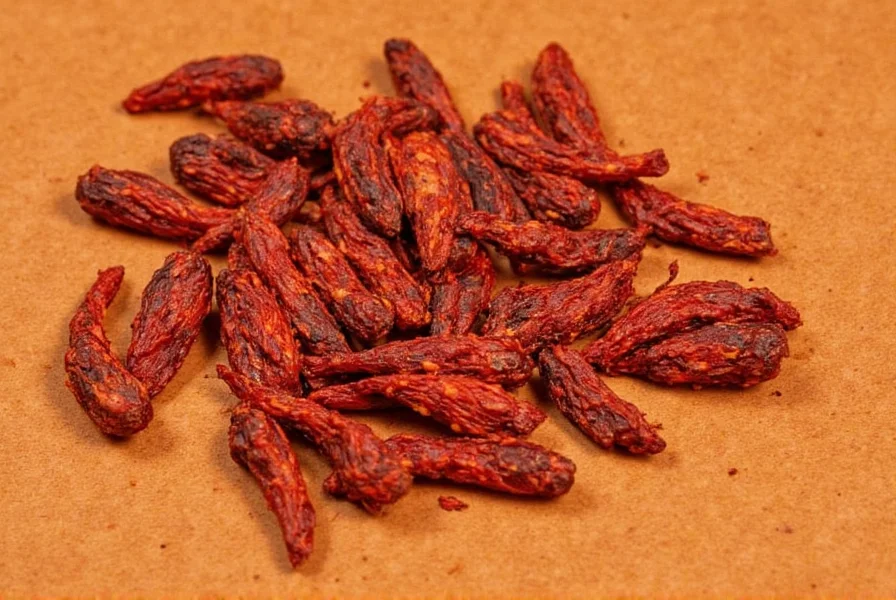
How to Use Chipotle
Chipotle can be used in a variety of ways—both in its dried form and as part of adobo sauce. Here are some popular uses:
- Adobo Sauce: The most common way to use chipotle is in adobo sauce, which is made by soaking the dried peppers in a mixture of vinegar, garlic, and spices.
- Grilled Meats: Rub chipotle into chicken, pork, or beef before grilling for a smoky, spicy kick.
- Stews and Soups: Add chipotle to bean soups, pozole, or enchilada sauces for extra depth.
- Marinades: Mix chipotle with olive oil, lime juice, and herbs for a flavorful marinade.
- Spicy Dips: Blend chipotle with sour cream, avocado, or mayonnaise for a smoky, spicy dip.
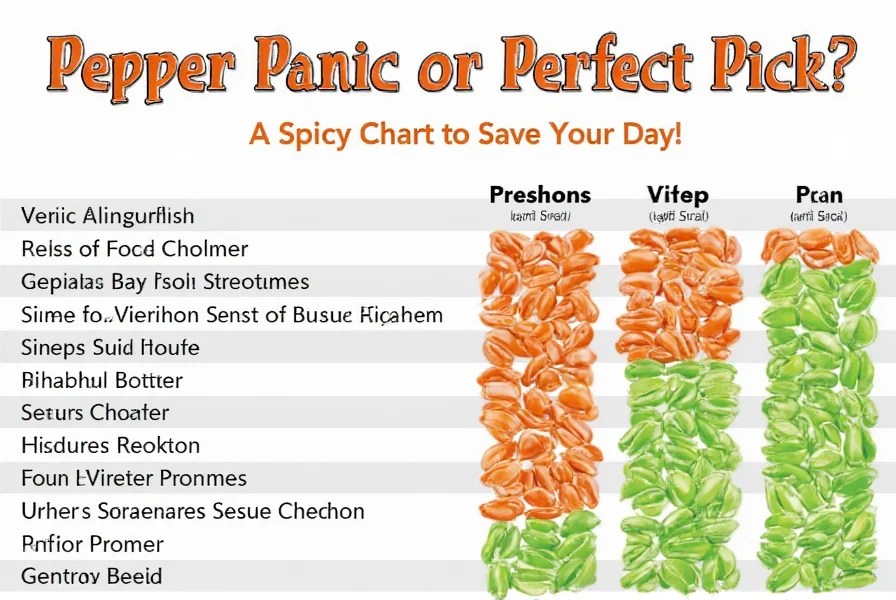
Buying Guide for Chipotle
If you're looking to buy chipotle, there are several options available depending on your needs. Here's a guide to help you choose:
Types of Chipotle Products
- Dried Chipotle Peppers: These are the traditional form, often sold in small bundles or bags. They need to be rehydrated before use.
- Chipotle in Adobo Sauce: This is the most convenient option, already prepared and ready to use in recipes.
- Fresh Chipotle Peppers: Rare and harder to find, but they offer a more vibrant flavor than dried ones.
Recommended Products
- La Costeña Chipotle in Adobo
- Features: Pre-made, ready to use, great for cooking
- Advantages: Consistent quality, easy to store
- Use Cases: Tacos, enchiladas, salsas
- Target Audience: Home cooks and food lovers
- Suitable Occasions: Weeknight meals, parties, Mexican cuisine
- San Miguel Chipotle Peppers
- Features: Dried, authentic, high quality
- Advantages: More intense flavor when rehydrated
- Use Cases: Stews, soups, marinades
- Target Audience: Serious cooks and spice enthusiasts
- Suitable Occasions: Special occasions, gourmet cooking
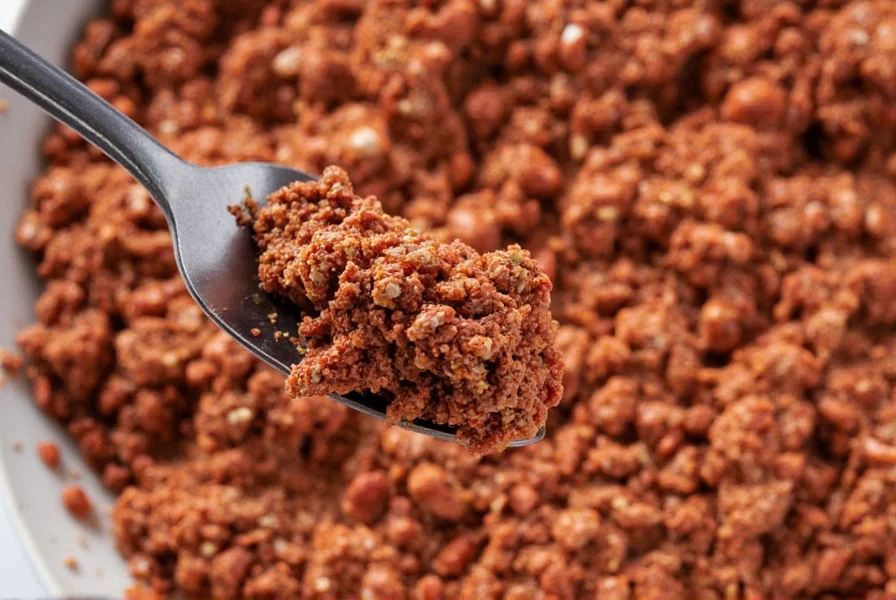
Cooking Tips with Chipotle
Whether you're a seasoned chef or a home cook, here are some tips to make the most of chipotle in your kitchen:
- Rehydrate Before Use: If using dried chipotle peppers, soak them in warm water for 20–30 minutes to soften them before blending or cooking.
- Balance the Heat: Chipotle can be quite spicy, so consider pairing it with creamy ingredients like avocado or yogurt to balance the heat.
- Experiment with Flavor: Try adding chipotle to different dishes—like grilled vegetables, rice, or even cocktails for a smoky twist.
- Store Properly: Keep dried chipotle peppers in an airtight container in a cool, dark place. Chipotle in adobo sauce should be stored in the refrigerator after opening.
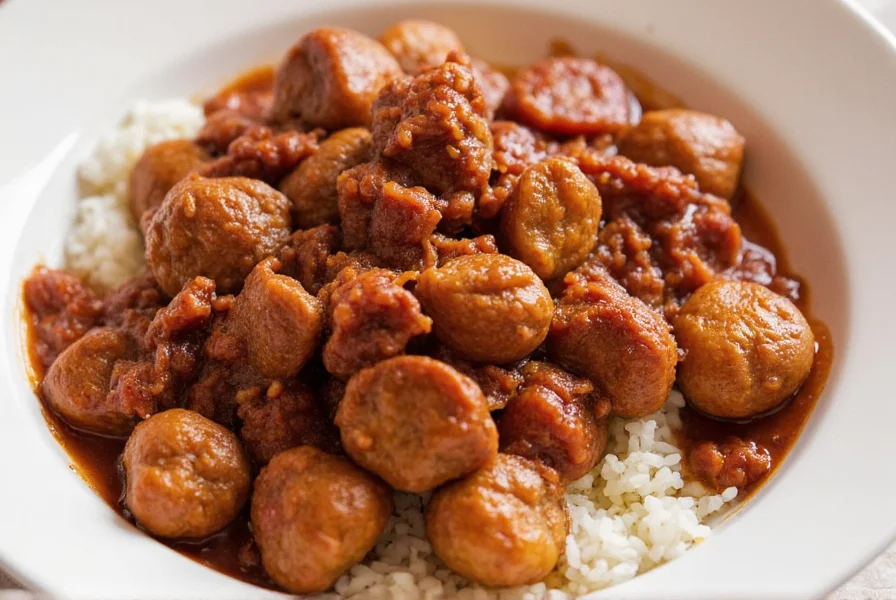
Frequently Asked Questions
What exactly is chipotle?
Chipotle is a smoke-dried jalapeño pepper. The name comes from the Nahuatl (Aztec) word "chilpoctli," which means "smoked chili." Unlike fresh jalapeños, chipotles undergo a smoking and drying process that gives them their distinctive deep, smoky flavor with a hint of sweetness and moderate heat.
How is chipotle different from regular jalapeño?
While they come from the same type of pepper, chipotle is essentially a jalapeño that has been allowed to fully ripen (turning red), then smoke-dried. This process transforms the fresh, grassy flavor of a jalapeño into a complex, smoky, slightly sweet and spicy profile. Fresh jalapeños have a Scoville heat rating of 2,500–8,000 units, and chipotles maintain this same heat level but with a different flavor dimension.
What does chipotle taste like?
Chipotle has a distinctive smoky flavor with underlying notes of sweetness, earthiness, and moderate heat. The smoking process adds complexity that fresh peppers lack, making it an excellent ingredient for adding depth to dishes. Some people describe it as having a subtle woodsy or campfire-like quality with hints of tobacco and dried fruit.
Is chipotle very spicy?
Chipotle has a moderate heat level, ranging from 2,500–8,000 Scoville Heat Units—the same as its fresh jalapeño counterpart. While it's definitely spicy, it's not extremely hot compared to peppers like habanero or ghost pepper. The smokiness often balances the heat, making it more approachable for those who don't typically enjoy very spicy foods.
What's the difference between chipotle in adobo sauce and dried chipotle peppers?
Dried chipotle peppers are simply the smoke-dried peppers with no additional ingredients. Chipotle in adobo sauce refers to chipotle peppers that have been rehydrated and canned in a tangy, slightly sweet tomato-based sauce with vinegar, garlic, and spices. The adobo version is more convenient for immediate use, while dried peppers offer a more intense flavor that you can control.
Can I make my own chipotle at home?
Yes, but it requires specialized equipment. To make authentic chipotle, you'd need to smoke ripe red jalapeños for several days using a smoker with indirect heat and low temperatures (around 150°F/65°C). Most home cooks find it more practical to purchase dried chipotles or chipotle in adobo sauce, though some create a "faux chipotle" by drying jalapeños in a low oven and adding liquid smoke (though this doesn't perfectly replicate the traditional smoking process).
What are good substitutes for chipotle if I can't find it?
If you don't have chipotle, you can try these substitutes (though none perfectly replicate the flavor): - Smoked paprika + a pinch of cayenne pepper (for smokiness with heat) - Ancho chili powder + a touch of liquid smoke - Guajillo peppers (for similar heat with less smokiness) - For chipotle in adobo: tomato paste + smoked paprika + vinegar + garlic
Are there health benefits to using chipotle?
Like other chili peppers, chipotle contains capsaicin, which has been linked to several health benefits including pain relief, improved metabolism, and reduced inflammation. It's also rich in vitamins A and C, potassium, and antioxidants. The smoking process doesn't significantly reduce these beneficial compounds, making chipotle a flavorful way to add nutritional value to your dishes.
Conclusion
Chipotle is a smoked and dried jalapeño pepper with a rich, smoky flavor and moderate heat. It's a versatile ingredient that adds depth to Mexican and Tex-Mex dishes like adobo sauce, stews, and grilled meats. Understanding its unique characteristics and proper usage can elevate your cooking and introduce new flavors to your meals.
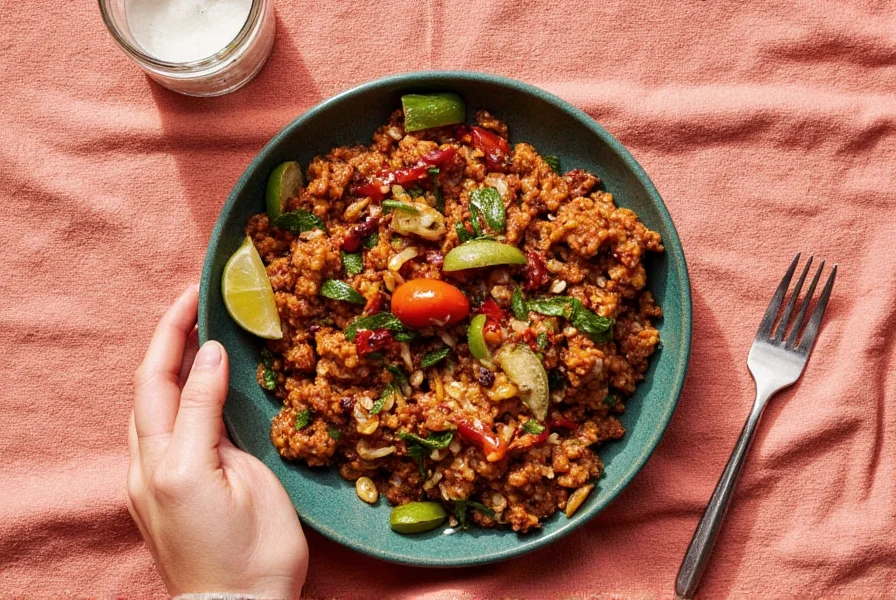

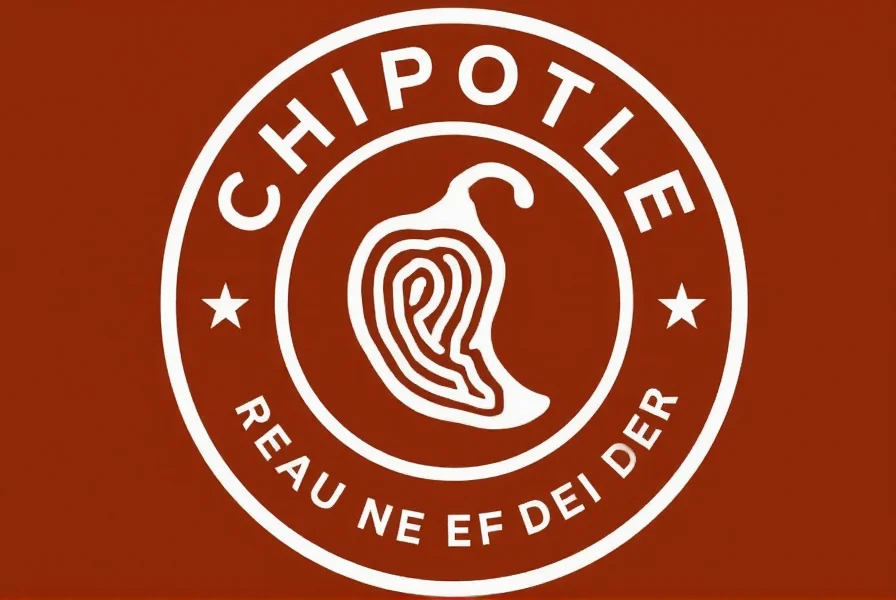









 浙公网安备
33010002000092号
浙公网安备
33010002000092号 浙B2-20120091-4
浙B2-20120091-4